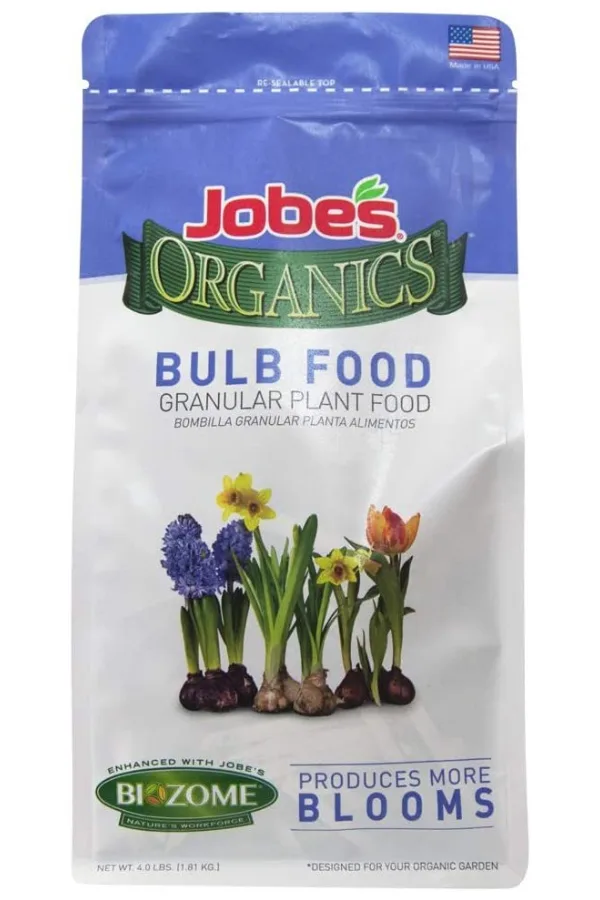Did you know that what you do to your daffodils after their blooms die off this year can play a huge role in how well them bloom next year?
Daffodils are one of the earliest of all flowers to bloom each spring. To many gardeners, they are a welcome sign that the harshness of winter is slowly disappearing in the rear view mirror – and spring is about to arrive in full force!
The daffodil’s bell shaped blooms certainly add big color to an otherwise stark late winter / early spring landscape. Although the golden yellow variety is the most-well known, daffodils can also be found in gorgeous hues of white, orange and even pink.
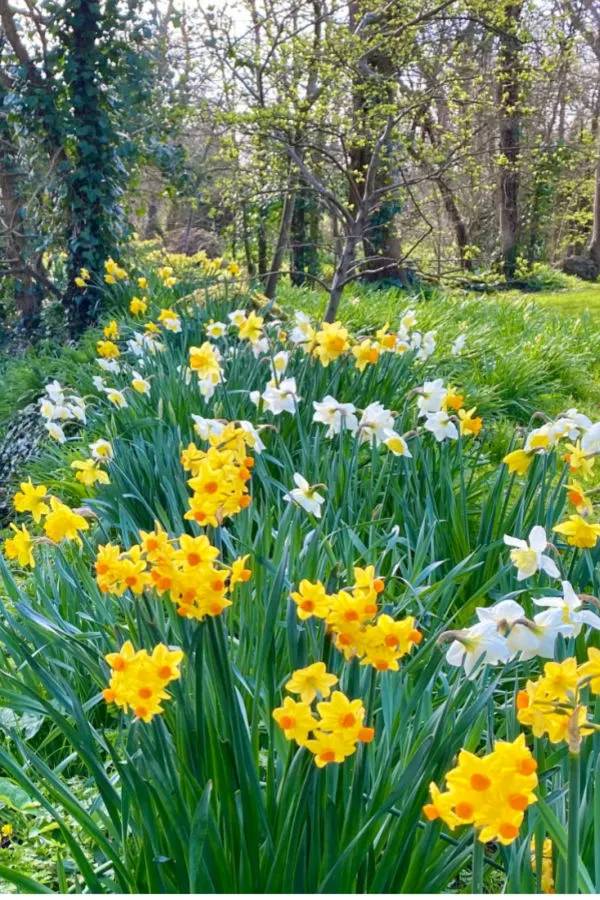
But no matter what variety or color you plant, one thing is for sure, how you care for the bulbous plants after they finish flowering is critical in helping the plant to store up energy for the following season’s blooms.
With that in mind, here is a look at when and how to cut back your daffodils after they flower – along with a few other key maintenance tips that can help them stay healthy and strong for even more blooms next year!
How To Care For Daffodils After The Blooms Die
Daffodils get most of their energy for blooming from the previous year’s growing cycle. The growing cycle of a daffodil is actually quite short.
The foliage first bursts through the soil in the very late stages of winter or early spring. In just a few weeks, the plant builds a strong stock of thick green blades and begins to flower. A single daffodil bulb can produce as many as ten to fifteen blooms depending on the bulb’s health and nutrient level.
Depending on the variety and climate, bloom periods can last from a few weeks to a month or more. But eventually, the daffodils blooms begin to fade. And once they do – it’s time to jump into action to make sure those same big blooms come back even bigger and stronger next year!
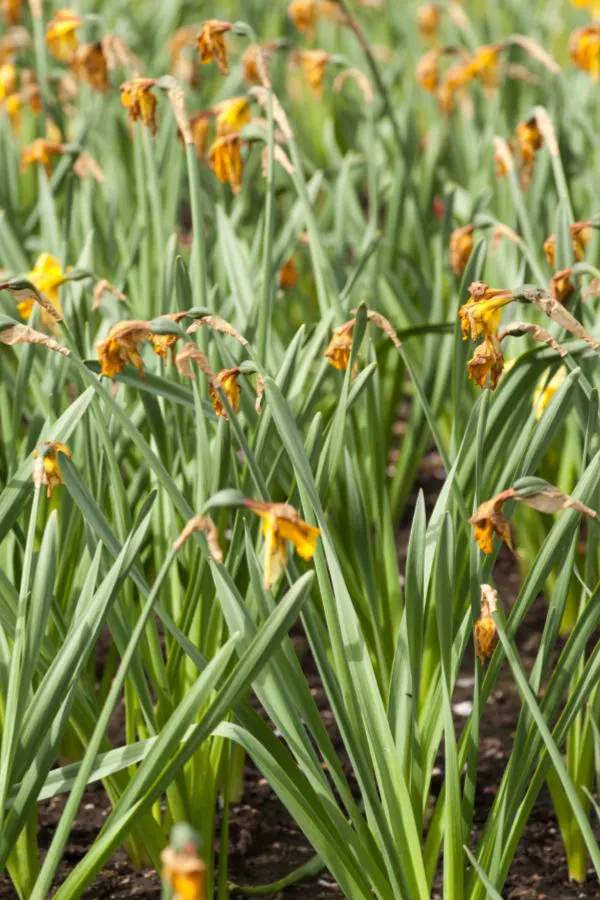
Removing The Bloom Heads – How To Care For Daffodils After The Blooms Die
Once the blooms of your daffodils begin to fade, the first order of business is to cut the flowers off from the plant. Why? Because as long as the flower head and stem remains, the plant will continue to burn energy trying to heal or fix it.
Much like annual flowers, daffodils continue to spend nutrients on old stems and blooms. Unfortunately, the longer they stay on, the more energy the plant wastes. Energy and nutrients that the plant could be storing for the following season’s blooms.
As soon as you begin to notice your daffodil flowers beginning to fade, remove the flower heads. Cut the bloom and the stem it is on down as far as you can. This one little task can pay huge dividends for the plant, helping it to conserve and store valuable energy in the bulb instead of wasting it trying to repair dying blooms.
Don’t Cut The Plant To The Ground!
So why not cut the entire plant to the ground? Because the remaining foliage actually helps the plant store even more energy as it dies back! Unlike the flower head, the foliage of a daffodil bulb gives back energy to the bulb as it decays.
As the green blades slowly turn brown and die back, the plant soaks back in the energy from the foliage and stores it in the bulb below. If the foliage is removed before the blades completely die off, so to is the chance for the bulbs to re-energize for next year.
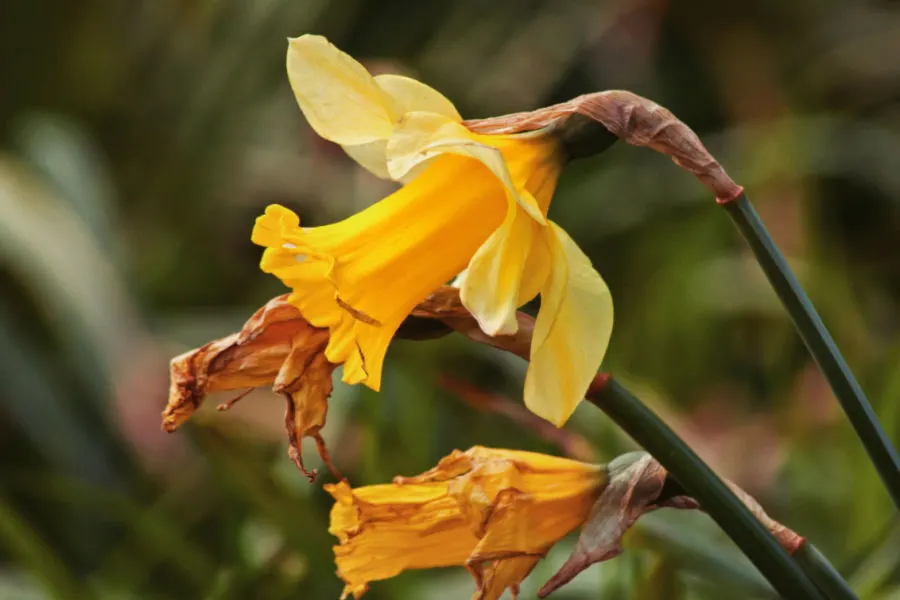
It can be hard, but it’s best to allow ALL of the daffodil foliage to completely die off before removing. This process usually takes four to six weeks from start to finish. But by resisting the temptation and allowing it to occur naturally – you set your daffodils up for the best chance to flower big next year!
Fertilizing – How To Care For Daffodils After The Blooms Die
Although daffodil bulbs are able to gain nutrients from the foliage decaying from above, they can still benefit greatly from additional energy supplied by fertilizing. But when and how you apply that fertilizer plays a big role in helping them bloom even stronger.
Daffodils should be fertilized lightly at two points of their yearly life cycle. The first time is in the very early spring right before or just as they begin to sprout from the soil. This gives them one final boost as they come out of the soil and prepare to showcase their blooms.
This dose can help them bloom a bit stronger for sure, but more importantly, it helps to promote strong foliage growth, which then allows for more energy to be stored into the bulbs as the plant dies off.
The second important time to fertilize your daffodil bulbs is in late fall. This dose allows the energy from the fertilizer to soak down to the bulb, which helps to power more blooms the following spring.
With this application, it is important to apply it late in the fall when there is little chance to spur any new foliage growth. Applying it too early in the fall can actually force late season growth which leaves bulbs vulnerable to winter damage.
The Best Fertilizer For Daffodils – How To Care For Daffodils After The Blooms Die
The good news is you can use the same fertilizer for powering bulbs in the spring and fall. Some gardeners opt to use compost as their fertilizer. For this, mulch the soil with a few inches of compost in the early spring and again in the fall. See: How To Use Compost In Your Garden & Flowerbeds
Another excellent choice for fertilizing daffodils is with granular fertilizer. Granular fertilizers slowly leach their nutrients into the soil and into the bulbs below the soil. With granular fertilizers, look for a fairly balanced blend with a slightly higher level of potassium and phosphorous vs. nitrogen.
This allows for better blooms and not just foliage growth. A fertilizer designed for bulbs in the 3-5-4 or 4-5-5 N-P-K range is ideal. Affiliate Product Link : Jobes Granular Bulb Fertilizer
Keep Bulbs From Becoming Overcrowded – How To Care For Daffodils After The Blooms Die
The final key to keeping your daffodil bulbs blooming strong year after year is to never let them become overcrowded. The longer daffodil bulbs have been in the ground, the more they multiply and crowd together.
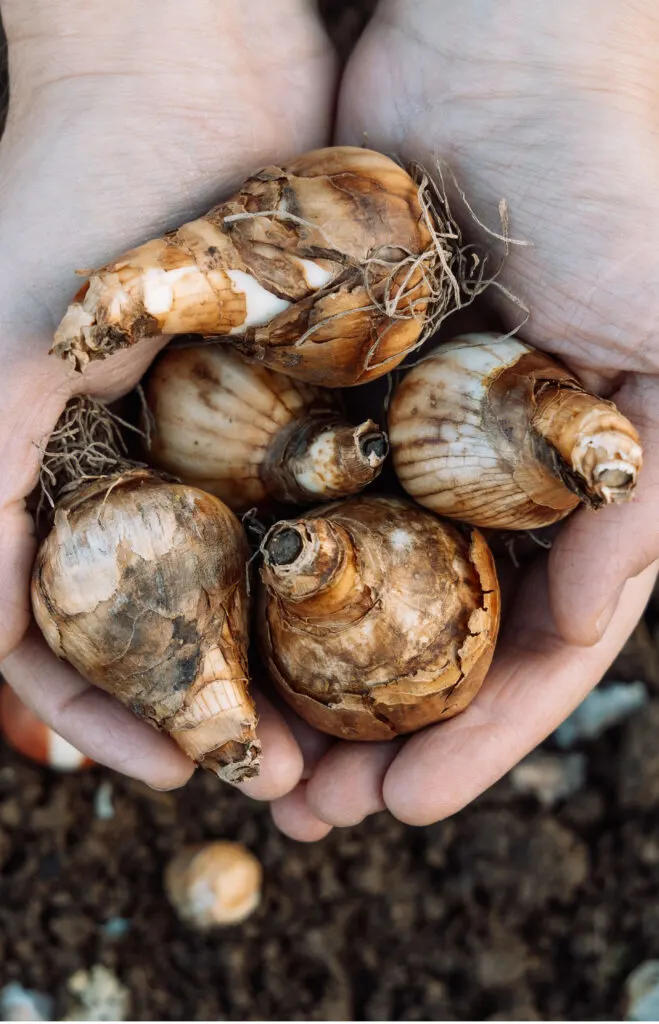
For the first few years, this actually leads to more blooms and thicker foliage and plants. However, over time, the bulbs become larger and begin to crowd one another out. In addition, because they compete for the same nutrients, they begin to struggle to find enough energy to bloom.
To keep your daffodils strong, dig bulbs up and divide them every four to five years. Dividing should always take place in the early fall.
Begin by digging the bulb clumps up and laying them out in the sun for a few weeks. This allows the bulbs to shrink a bit, making each individual bulb easier to separate. To finish, simply plant your bulbs back into the ground and get ready for more flowering next spring!
Regular dividing not only helps keep plants strong, it also provides you with even more plants. Plants to fill more flowerbeds with early spring color, or to give to friends, family and neighbors. Here’s to taking good care of your daffodils after they bloom – and to having them bloom strong year after year!
Follow Our Facebook Page For Even More Great Tips! Simple Garden Life Facebook Page
Simple Garden Life is a website dedicated to keeping gardening fun, simple and enjoyable! We publish two new articles each week along with a new garden podcast episode every two weeks. This article may contain affiliate links.

